





 |
 |
 |
 |
 |
 |
| RAINBIRDER | profile | all galleries >> ASIA >> SRI LANKA >> Sri Lankan Scenery >> Sigiriya | tree view | thumbnails | slideshow |
| previous page | pages 1 2 3 ALL | next page |
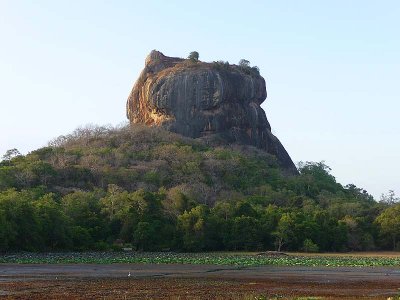 Sigiriya Rock |
 Sigiriya Rock |
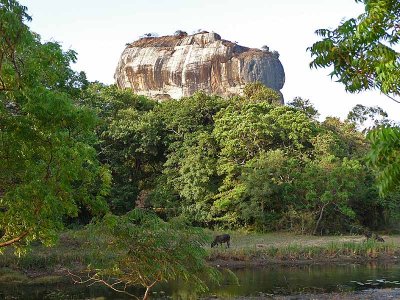 Sigiriya Rock |
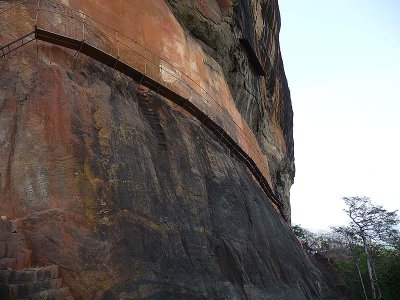 The Mirror Wall |
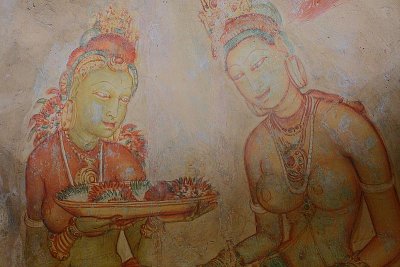 Sigiriya Fresco |
 Sigiriya Fresco |
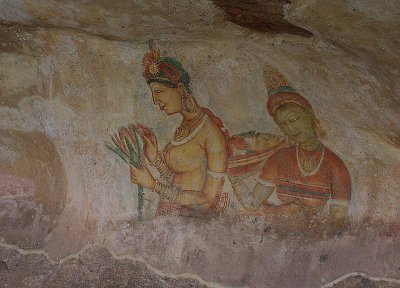 Sigiriya Fresco |
 Sigiriya Fresco |
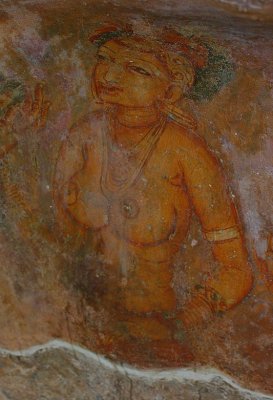 Sigiriya Fresco |
 Sigiriya Fresco |
 The Lion Gate |
 Sigiriya Rock -the final ascent |
| previous page | pages 1 2 3 ALL | next page |
| comment | share |